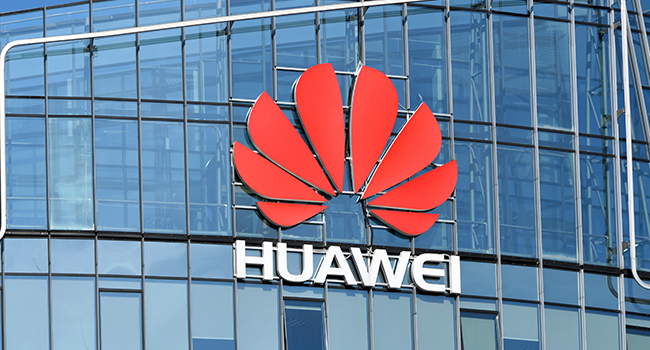
Huawei Files Second Lawsuit Against U.S. Government Over Ban
After the FCC voted to ban telecommunications companies from using subsidies to buy equipment from Huawei, the Chinese company filed suit.
- By Haley Samsel
- Dec 10, 2019
Chinese technology giant Huawei filed a lawsuit against the Federal Communications Commission last week, seeking to hit back at U.S. government regulators who have made it difficult for the company to conduct business with American companies.
In November, the FCC voted to forbid American telecommunications companies from using federal subsidies to buy equipment from Huawei and ZTE due to the corporations posing security risks, The New York Times reported.
The lawsuit comes after Huawei was already placed on the Commerce Department’s Entity List, which makes it nearly impossible for U.S. companies to sell products to Huawei and vice versa. While the department has begun to grant licenses to some companies to sell tech to Huawei, many more companies will not be able to do so as long as Huawei and its subsidiaries are on the list.
Huawei already filed a lawsuit against the Commerce Department in June following the decision to effectively “ban” Huawei, which was formerly a large business partner of several companies in the security and video surveillance industries.
While Verizon and AT&T have not used the companies’ chips and other equipment for years, rural telecommunications providers have relied on it and are struggling to transition their systems to other technology.
“The F.C.C. claims that Huawei is a security threat, but F.C.C. Chairman Ajit Pai has not provided any evidence,” Huawei’s chief legal officer, Song Liuping, said during a news conference last week, according to the Times.
“Carriers across rural America — in small towns in Montana, Kentucky, and farmers in Wyoming — they choose to work with Huawei because they respect the quality and integrity of our equipment,” Song added.
Despite the obstacles to selling to and buying from companies in the U.S., Huawei’s business has remained fairly steady, according to the Times. The company has also not backed down from criticism that it could pose national security threats to U.S. networks, spending $1.9 million on lobbying efforts in Washington.
About the Author
Haley Samsel is an Associate Content Editor for the Infrastructure Solutions Group at 1105 Media.